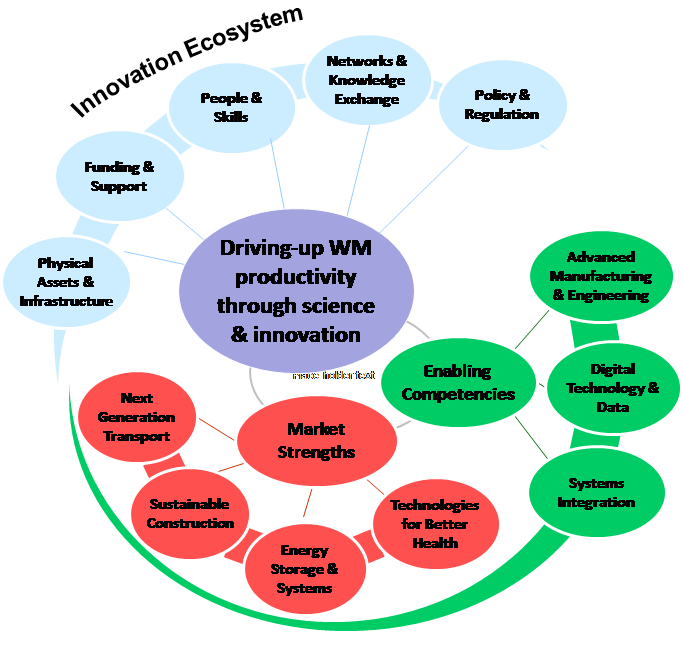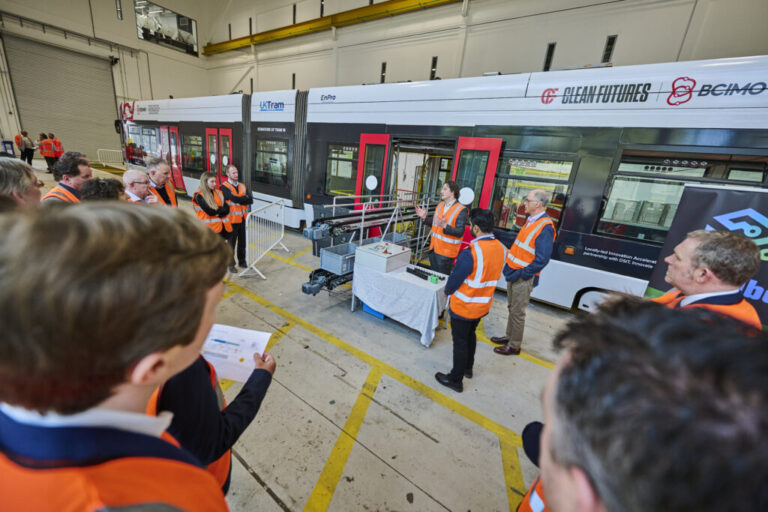By Dr Pam Waddell, Director of Birmingham Science City
Science and innovation could be a driving force behind the continuing economic renaissance of the West Midlands, and the newly published West Midlands Science and Innovation Audit (SIA) helps to point to areas of strength, opportunity and challenge to focus on to help to unleash this potential.
Results of the West Midlands SIA will be considered in detail as part of Venturefest West Midlands on June 27 – a free one day event which will bring together more than 700 entrepreneurs, innovators and investors at the NEC . Andy Street, the Mayor of the West Midlands, will open the event by discussing ‘Innovation and the West Midlands Economy’ and a panel session in the afternoon, led by Birmingham Science City, will consider different perspectives and opportunities to take the findings of the West Midlands SIA forward.
The West Midlands SIA was funded by the three West Midlands LEPs – Greater Birmingham and Solihull, Coventry and Warwickshire, and Black Country, and supported by the West Midlands Combined Authority, and the Mayor of the West Midlands and the three LEP Chairs have all endorsed the report. It will inform the interventions of these bodies and partners across the local innovation ecosystem. The West Midlands SIA is a detailed supplementary report to the Midlands Engine SIA published last year.
Central to the West Midlands SIA report is a the framework that indicates how the identified market strengths and enabling compencies of the West Midland can interact to create exiting areas of opportunity, that can only be realised if the ecosystem factors are all in place:
The findings of the report emphasise that leveraging these strengths and optimising the supporting ecosystem will help to boost the region’s productivity levels, which are currently below the UK average and must be raised if the region is to realise its potential.
The challenges are clear. The report emphasises that organisations across the West Midlands must work hard to stimulate R&D investment, engage more businesses in innovation and boost skills development in particular. It is also vital that the region further develops its physical infrastructure to attract and nurture more innovative companies; and support greater knowledge exchange between universities and the private sector.
The West Midlands is well positioned to meet these objectives. Its strong research capabilities have national significance – from its eight universities to its two Catapults in high value manufacturing, and energy systems, and the work of organisations including the Manufacturing Technology Centre in Coventry and Jaguar Land Rover. These organisations all help to attract funding and encourage collaboration between the public and private sector. They are vital in upskilling our workforce and promoting the strengths of this region and, as the report states, it is important to widen and diversify this offer to ensure that the West Midlands continues to support growth in science and innovation.
Looking ahead, it is clear that publication of the SIA will provide a new tool to help inform local stakeholders how we can tap into, and make the most of, the region’s science and innovation ecosystem. This will range from identifying ways of delivering public sector reform, to delivering the WMCA and regional LEPs’ Strategic Economic Plans and supporting the Government’s Industrial Strategy.
The Birmingham Science City Alliance will be sharing its findings with our local and national partners to promote the region’s strengths as well as working with its partners to address challenges and opportunities for growth. It is a vitally important document that we are proud to have contributed to – and look forward to acting on in future.






